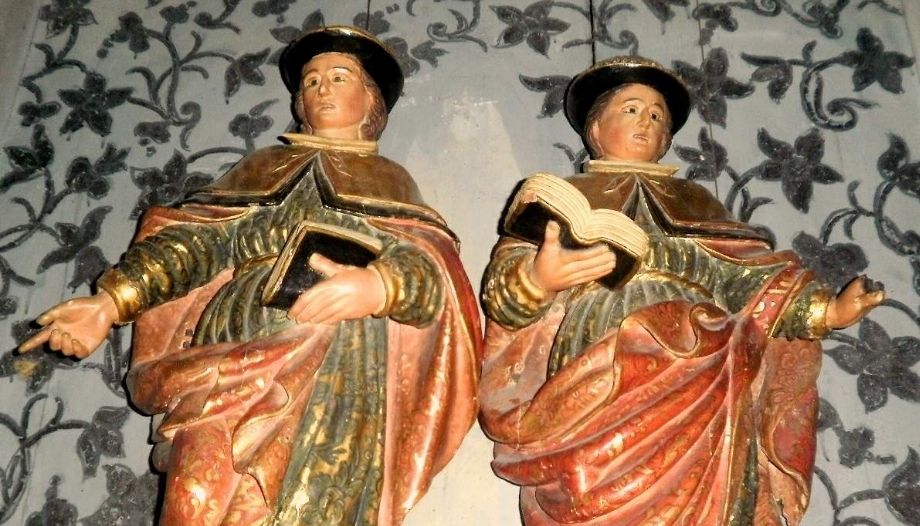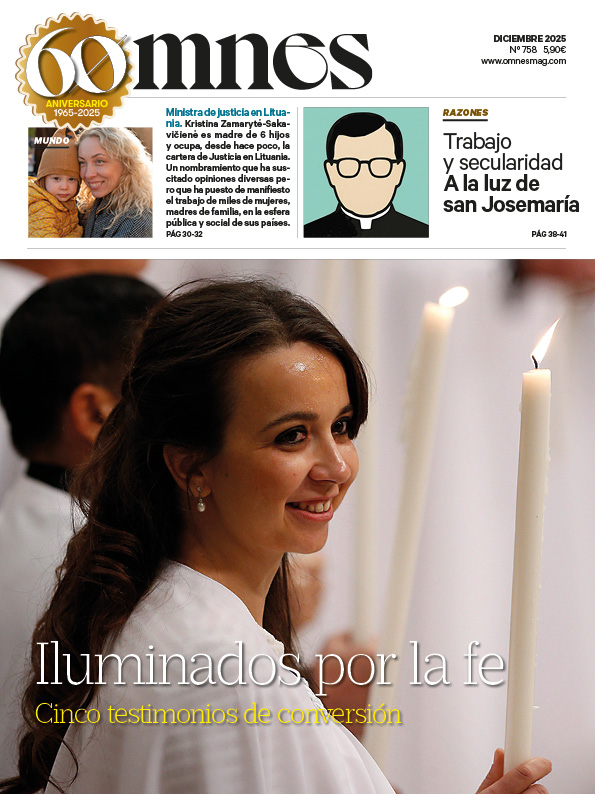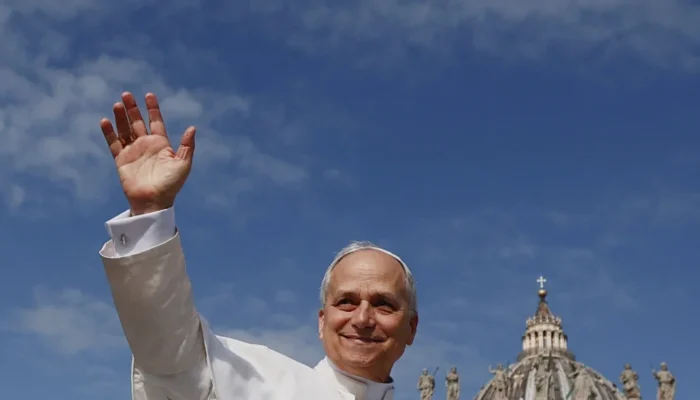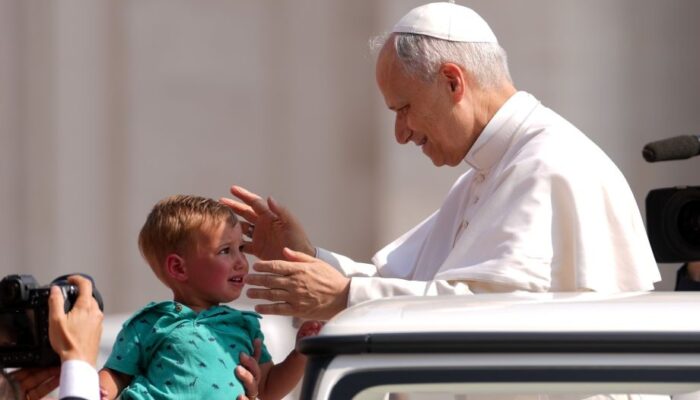Cosme and Damian were christian doctors famous for their professions and for the care for the sick. The two brothers were tortured, burned alive and, after surviving, beheaded by order of Diocletian around the year 300. Devotion to the two brothers spread in the second half of the fourth century.
The Martyrology Romano says: "Saints Cosimo and Damian, martyrs, who, according to tradition, practiced medicine in Ciro, of Augusta Eufratense (today Syria). Never asking for a reward and healing many with his free services (c. 3rd century)". Theodoret, bishop of Cyro in the 5th century, alludes to the basilica that both saints owned there.
Since the first half of the fifth century there were two churches in their honor in Constantinople, and two more were dedicated to them in the time of Justinian. This same emperor built them another in Pamphylia.
His devotion spread
In Cappadocia, in Matalasca, St. Sabas transformed the house of his parents into a basilica of St. Cosmas and St. Damian. In Jerusalem and Mesopotamia they also had temples. They were patrons of a hospital erected in Edessa in 457. The Oxyrhyrdic calendar of 535 reflects in Egypt that St. Cosmas had his own temple, and that the Coptic devotion to both saints always had a temple in Egypt. was fervent. In St. George of Thessalonica they appear in a mosaic with the qualification of martyrs and doctors. The most famous of the oriental sanctuaries was that of Aegea, in Cilicia.
In the West, they also began to have a great devotion to them. Besides the testimony of St. Gregory of Tours, there are others. In Rome they had more than ten churches dedicated to them. Saints Cosmas and Damian appear in the Roman Canon, in the Eucharistic Prayer I used in the Mass. The mosaics of Ravenna that celebrate them are famous. Physicians, pharmacists and health organizations have them as patrons.







